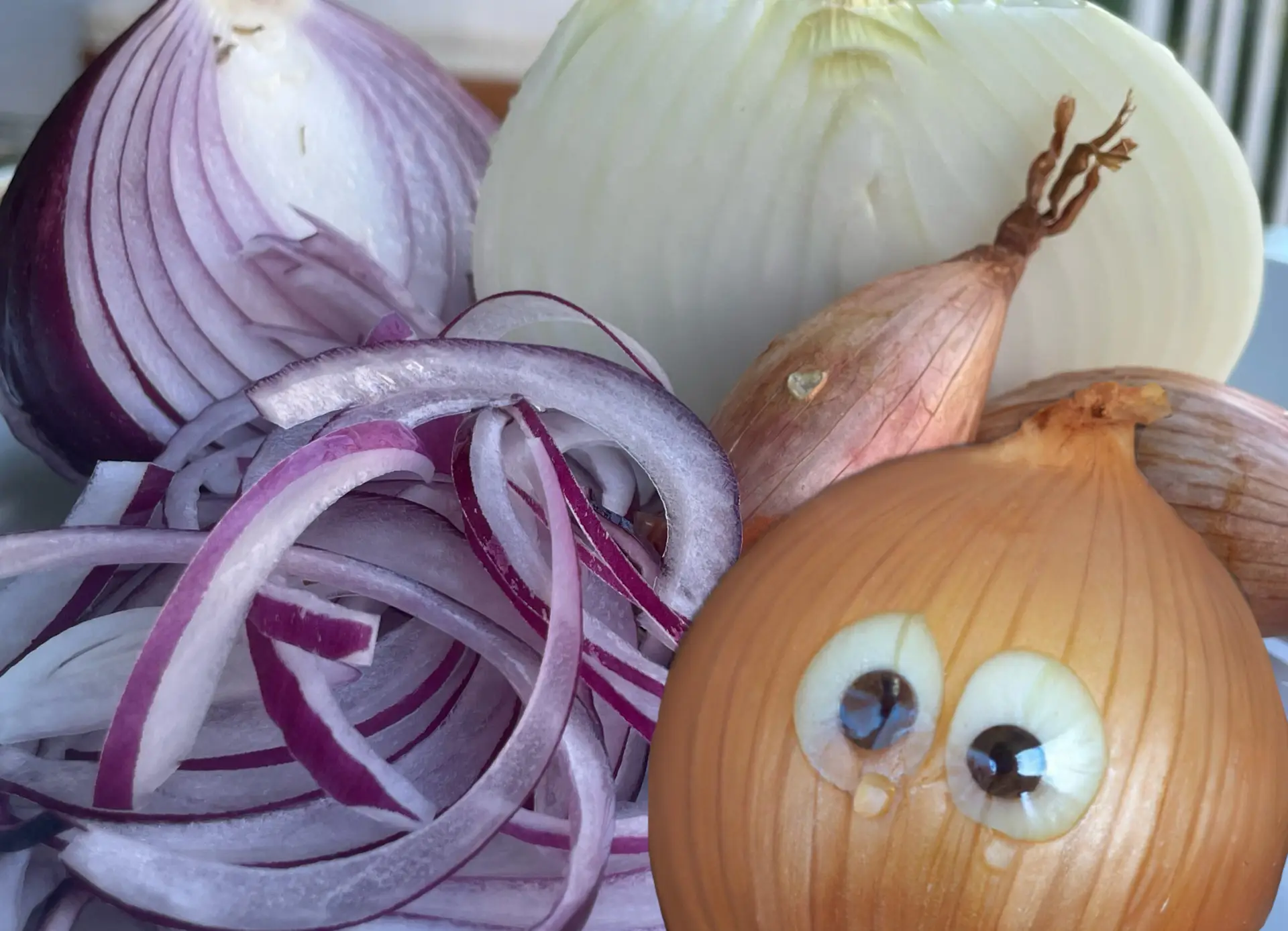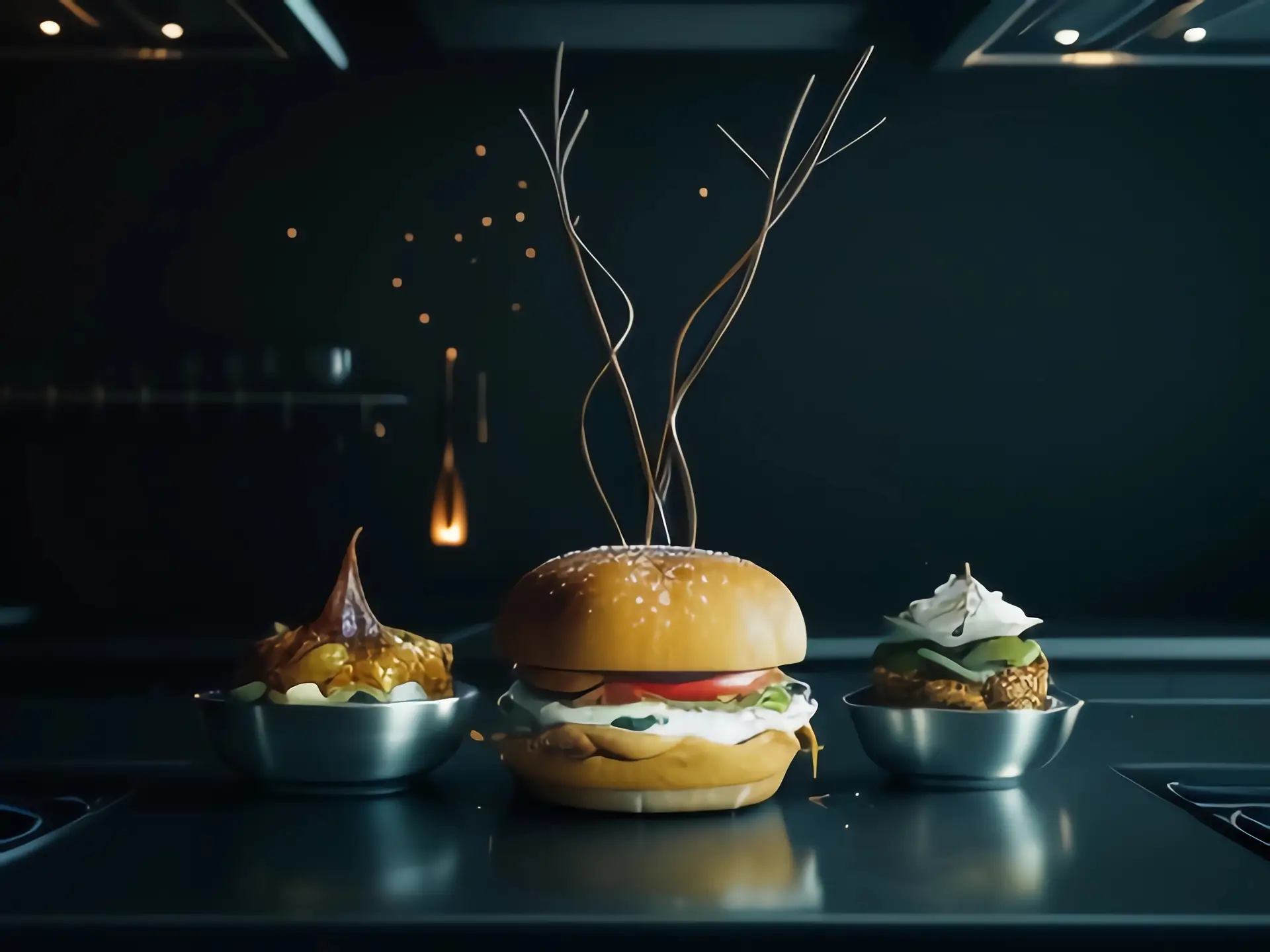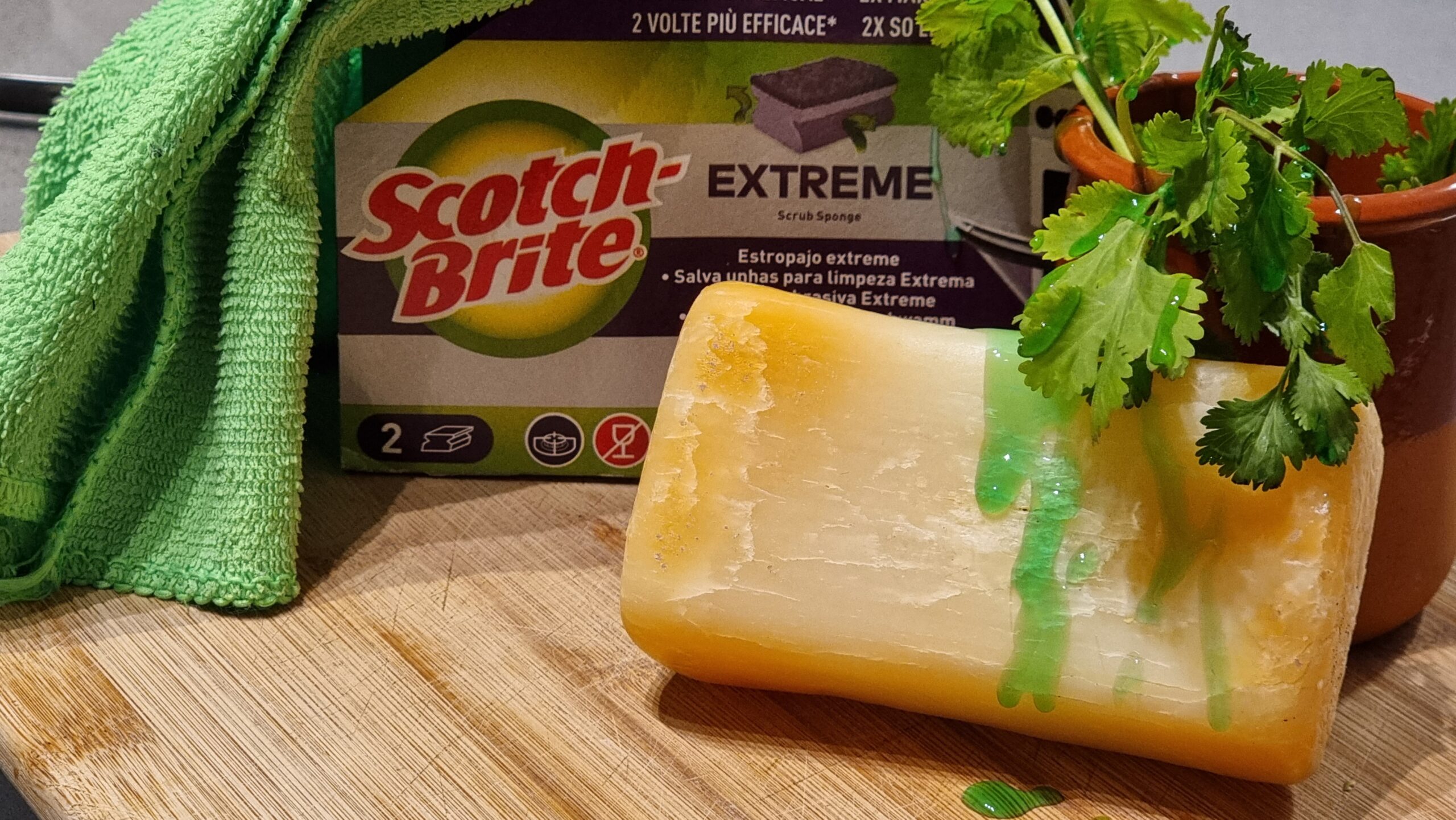How DOES alcohol HELP our perception of flavors? Does all of the alcohol ‘burn’ off when cooking?
Most people believe that alcohol ‘burns off’ when we simmer the sauce or our stew for a long time because of assertions made in cookbooks, most probably because of this explanation, pure alcohol boils at around 78ºC and water at 100ºC, now when we simmer our dish it’s obvious that the temperature of the hunk will go a wee bit over 100ºC and bam! that’s over the ‘toleration’ point for alcohol and thus it’s gone. Well, as convincing as it sounds, it’s not true at all.
First let’s look at why we add alcohol to food, one of my understandings of this phenomenon is that alcohol is one of those friendly molecules which can dissolve in itself both water and fats, to say in a general sense (not always). Now, both types of flavor and taste molecules dissolve in either water or fat, thus when alcohol is present in food, it sort of helps these molecules to supply more of their intensity to our sapictory and nasal sensors. So even those soups for weight-watchers that don’t have oil in them a little alcohol might help in building up those flavors.
Back to the question at hand, it’s true that water and alcohol boil at 100ºC and 78ºC respectively. But it doesn’t mean that they’ll behave in the same manner when mixed. A mixture of alcohol and water will boil between a temperature of 100ºC and 78ºC, if the mixture is all water it will boil near 100ºC and if the mixture is all alcohol it will boil near 78ºC. I just hope the latter is not the case when you are cooking otherwise you have a problem! When both of them simmer together the vapors that waft off the pan contain both alcohol and water, now as alcohol is more volatile than water, its amount is more in the vapor over the pan, which is far off from pure alcohol. The alcohol-loss process is far less efficient than people might think. Several factors affect the said process like higher temperatures, longer cooking times, uncovered pans, wider pans, and top-of-the-stove rather than closed oven cooking — all conditions that increase the general amount of evaporation of both alcohol and water, not surprisingly, increase the amount of alcohol loss.
Now to take a step further, let’s talk about FLAMBEs, it’s a cooking technique in which alcohol is poured into a very hot pan to create bursts of flame or it’s manually lit. Do you really think that you’re burning off the alcohol, well think again, to sustain a flame, the percentage of alcohol in the vapor must be over a certain limit, remember that you had to use a high-proof spirit to get the flame going also you had to warm it up before it could even ignite (You can’t light beers and wines for example). When the alcohol burns down to a certain, still-substantial level in the dish, the fumes are no longer flammable and the fire goes out. That’s show biz.
Luckily, a study was done in 1992, by a group of researchers and nutritionists at the University of Idaho, Washington State University in support of the USDA, wherein they measured the amount of alcohol retention in food before and after cooking or even not cooking and just storing. If you’d like to read the article on the same Click Here. It states that somewhere around 4% to 85% of alcohol remains in the food, cooking always results in some, but not total, loss of alcohol. Still, ‘some’ alcohol is still alcohol. Use your acuity.








